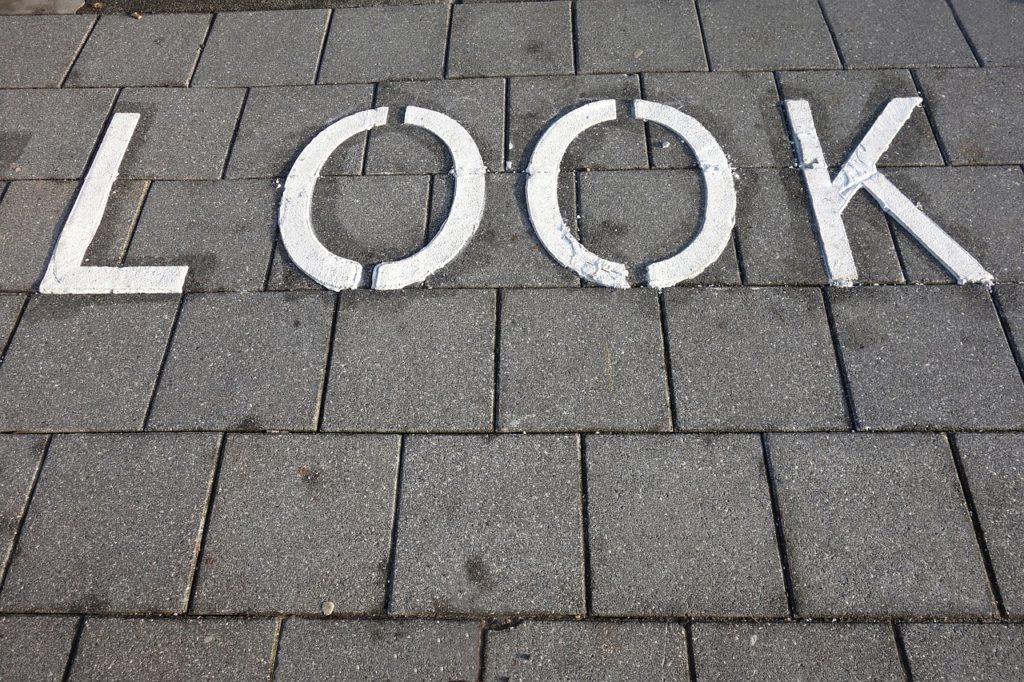
For many people thinking about investing in ICOs, it may be their first time investing. When traditional opportunities are only open to a selective few with a high net worth, cryptocurrency has democratized investing for all. But it also means that there are a lot of first timers out there not sure of what to look for when they part with their cash.
81 percent of ICOs end up becoming scams. That’s a pretty grim panorama. You have to have an iron cast stomach to want to continue investing in ICOs. But, if do you want to try your luck and see if you can back a winner, here are seven red flags to watch out for first.
1. Too Many Buzzwords
“Decentralized,” “immutable,” “distributed,” may all sound like very important words, but you need to make sure you understand what they really mean. And even more importantly, that your ICO team does as well. There’s been so much marketing hype surrounding Bitcoin and the blockchain, that many people have fallen victim to it, including the ICO startups themselves.
They may be in love with the idea of no regulation or centralized authorities, but how important is it to their actual business? And can they demonstrate a clear way of using the technology? In short, is it more than a fluffy concept on a white paper?
2. Is Their Token Really Needed?
It may be hard for a layman investing in ICOs to assess whether an ICO’s token is really needed. But, try to examine the business proposal. Could it be carried out without using cryptocurrency? What function does the token have within the actual business? Is it being built on a new platform, when it could really be built on Ether? If the ICO has a useless token it’s chances of failure are close to 100 percent.
3. An Unconvincing Management Team
This is pretty much investing 101 in any kind of area. Most top investors in IPOs will study the management team to make sure it has the right balance of passion, leadership, and technical knowhow. While an individual investor may not be able to assess this, be sure that the ICO actually has team members on their site.
If the people don’t even appear on their page, it’s quite possible that they are scam artists. And if they do appear, be sure to run a quick background check. LinkedIn or Google should be enough to at least make sure you’re on the right track.
4. Ultra High Reserves
It could be a good thing that your prospective ICO team has a high amount of reserves. But this depends on their plans to use them. If the funds are allocated to use throughout the roadmap, and not just in the early stages, that’s a good sign of intent. But, if there’s no explanation in the white paper or anywhere else about how these funds will be spent, you could consider ultra high reserves to be a red flag when investing in ICOs.
5. No Code
If there’s no code to support the idea behind the ICO, it may never materialize into something more than an idea on a piece of paper, or a fancy website. At the very least, your ICO should be able to display some technical knowledge. This means demonstrating their ideas with some working code. Being able to write the code required is a basic prerequisite and no company should be asking for finances before showing that they can translate their ideas to code.
6. A Long and Confusing Roadmap
There may be no hard-and-fast rule when it comes to how long a roadmap should be. But make sure that it makes sense and is coherent. Generally speaking when investing in ICOs, you want to get behind something that’s aiming for about two years to get off ground. If it’s longer than that, consider it carefully and ask a lot of questions.
An ICO with a five-year long roadmap may not have a plan for solving problems should it flounder after six months. And that’s the point at which they could easily run with investor money before the project ends.
7. The Same Old Faces investing in ICOs
If you’re flicking through ICOs and you see the same faces appearing on the advisory board, that could be a red flag. While it could be genuine, there’s also a possibility that the advisors are trying to profit from as many projects as they can. Don’t give them your money, too.
ICO investing isn’t for the faint-hearted and it shouldn’t be done on a whim or an instinct. Take some time to do your research, watch out for these seven red flags, and you may just come out on top.
















Do you mind if I quote a couple of your posts as long
as I provide credit and sources back to your blog?
My website is in the exact same niche as yours and my users would truly benefit from
a lot of the information you present here. Please let me know if this okay with
you. Thanks a lot!
Pretty! This was an incredibly wonderful article.
Thank you for supplying this info.
After looking into a handful of the blog posts on your website, I seriously like your
technique of writing a blog. I added it to my bookmark
webpage list and will be checking back soon. Take a look at my website
too and let me know your opinion.